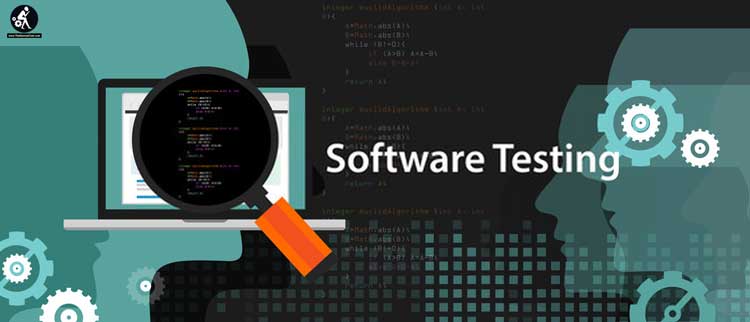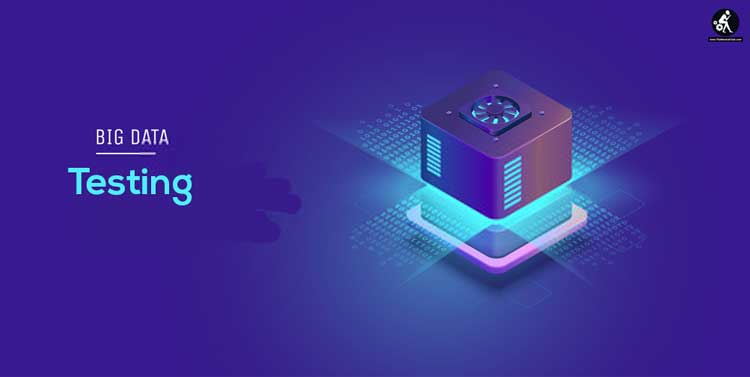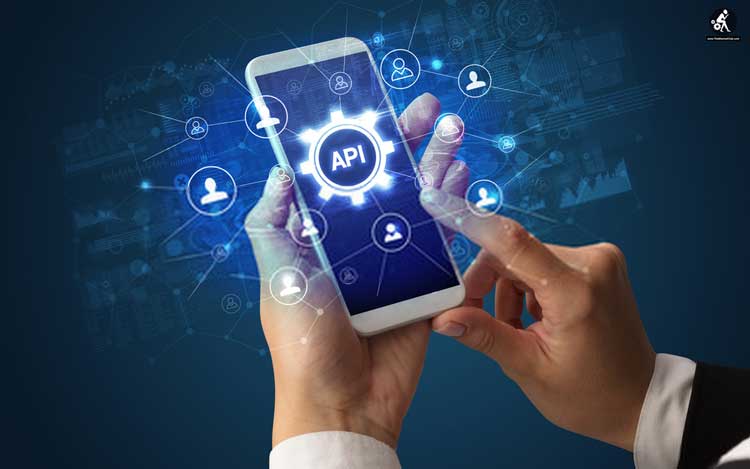Software testing techniques and methodologies have constantly been shifting over the past couple of years. It has taken inspiration from the common manufacturing process and acquired the waterfall approach to test quality. This involved step-by-step case tests and checks when the software reached the user acceptance phase. As software and applications became more complex, this approach became exceedingly difficult for manual testers as the number of data that needed to be processed to run test cases was too much to handle.

Agile and DevOps methodologies served as a saving grace. Many QA outsourcing companies inserted the testing and quality assurance process at an earlier phase of the software development lifecycle. And just like the aforementioned two, a few other trends have come in that make the testing job more efficient. Let’s look at a few software testing trends that are geared toward transforming the future prediction:
1. Move from QA to Quality Engineering
The world is changing continuously, and each now and then, there’s an interview about new technology surfacing within the market. Quality Assurance (QA) follows a scientific waterfall approach for testing which may be a step-by-step process, making it through but lengthy at an equivalent time. Hence, QA is struggling to stay up with the changing dynamics within the testing field. QA can sometimes perform as a bottleneck to an entire flow of processes. Because it follows a step-by-step test, the previous process must be completely finished subsequent to the start, and being a manual tester one can only take care of this intimately. But with QA the quantity of knowledge and processes can easily compile. With Quality Engineering one can introduce the testing and automation process earlier within the process instead of at the customer’s acceptance phase.
2. Using Agile for Digital Transformation

Agile Methodology has been used for the last 17 years after it had been discussed within the Manifesto of Agile Software Development. This system promotes working with various small teams together in QA outsourcing companies while doing these tasks & taking over a smaller amount of processes and making fast and continuous delivery. Modern practices supported by the Agile Manifesto are often really helpful with User Experience (UX) work like planning, execution, and evaluation.
3. DevOps
DevOps may be a term used for a specific set of rules or principles to scale back the quantity of your time from development to operations. DevOps isn’t particularly a replacement concept in business but its emergence within the technical field is sort of recent and within the past 5 years, it’s gained an incredible amount of support from the business. Within the coming years, more organizations are likely to adapt to the present set of principles to enhance their overall performances as its emphasis is on Automation and Integration.
4. Time for Big Data Testing

We are currently in the golden age of technology, where the clients and users on various platforms upload terabytes of knowledge then managing such a vast amount of data, needs a singular approach for testing. Big Data Testing may be a process that may be helpful for businesses to check such vast amounts of data. The best aim is to check the info for quality to start out with. Big data may be a really great deal of datasets that can’t be processed by traditional computing techniques.
5. Considerable Market share for Mobile Users & Test Automation
Mobile is now one of the foremost important parts of an individual’s life. Nowadays there’s an app for everything where the amount of devices, OS platforms, and software runs on one app. Testing mobile applications may be a far more complex task than testing websites and therefore the number of updates, sorts of devices, and software updates coming a day makes it even harder to stay up with. Hence cost and market readiness are really important in the future, Mobile app testing automation is often really vital.
6. Micro Services Test Automation and API

Microservice is essentially a way of developing software to specifically test for any particular conditions. These sorts of services are often generated and by establishing a connection between them, the entire task is often divided into parts. In this, each service is made in such a way that it can perform a specific set of processes. This provides you with the liberty to form changes in any smaller specific area of the appliance which needs changes rather than changing the entire system.


































